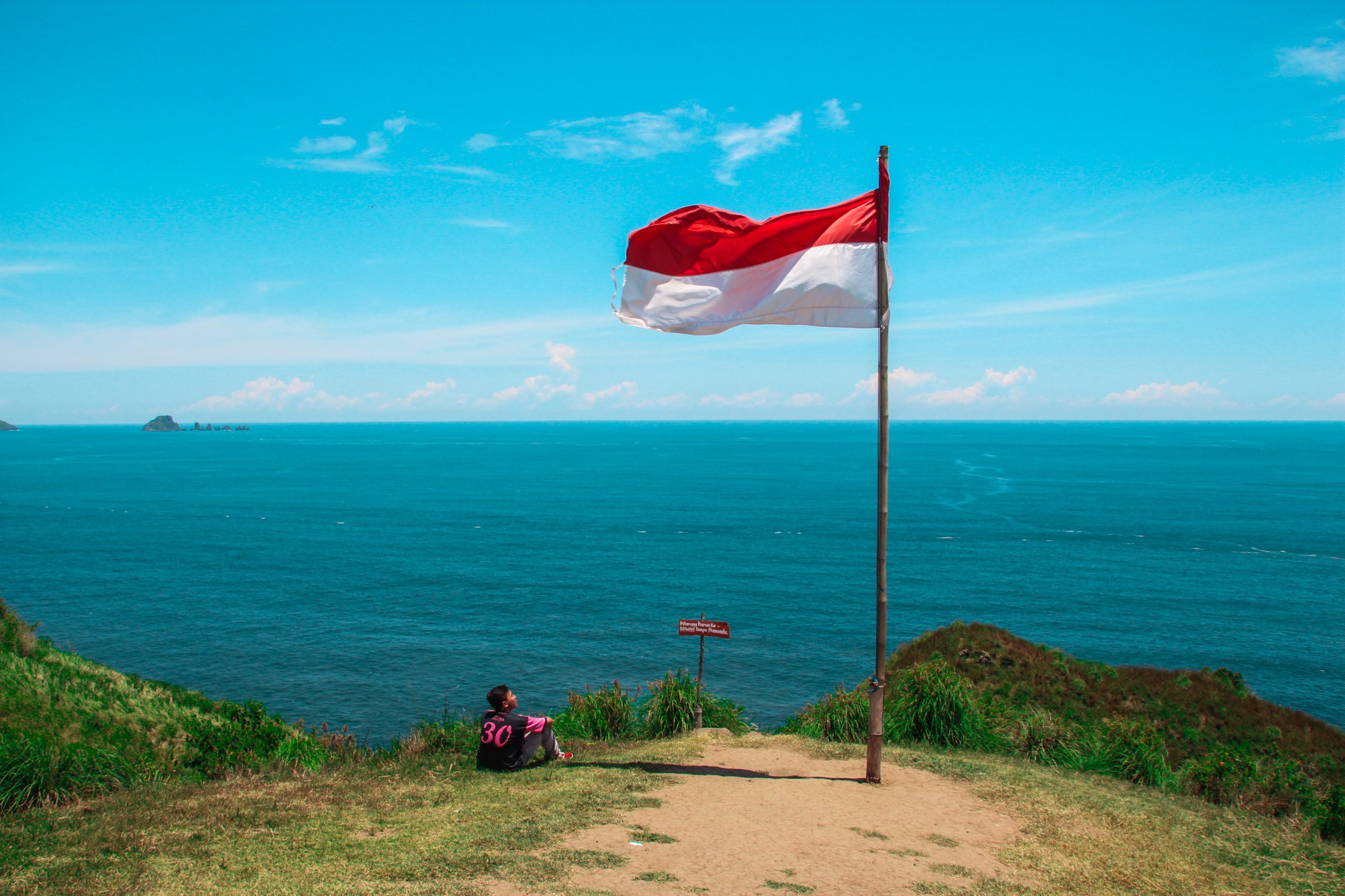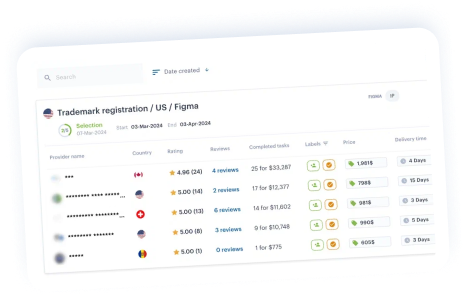By: Vincent Teodoran, Patenesia IP & Law Consultant, Indonesia
The registration of an industrial design in Indonesia grants the owner the exclusive right to produce and commercialize their creations, ensuring their intellectual property is safeguarded from infringement. However, navigating the process of registering an industrial design in Indonesia can be challenging for those who are not familiar with the legal requirements and procedures.
In this article, we will explore the steps involved in registering an industrial design in Indonesia, and provide practical tips to help you successfully protect your designs.
Contents
1. What can be registered as an industrial design in Indonesia?
2. Why can you be refused to register an industrial design in Indonesia?
3. The process of industrial design registration in Indonesia
4. Documents required for registering an industrial design in Indonesia
5. Industrial design opposition process in Indonesia
6. The cost of registering an industrial design in Indonesia
1. What can be registered as an industrial design in Indonesia?
Industrial design is the process of creating the way something looks, whether it’s in 2D or 3D, using shapes, colors, and lines. The goal is to make something visually appealing that can be used to create a product or item that people can buy. In Indonesia, the registration of industrial designs is managed by the Directorate General of Intellectual Property (DGIP).
To be eligible for registration, an industrial design in Indonesia must meet the following criteria:
- Novelty: The design must be new and not have been made public anywhere in the world before the filing date of the application.
- Originality: The design must be original, meaning it must not be similar or identical to any existing designs.
- Industrial applicability: The design must be applicable for industrial use.
An industrial design can be registered for a product that has a unique shape, configuration, pattern, or color. Examples of products that can be registered as industrial designs include electronic devices, furniture, vehicles, and packaging.
A registered industrial design has a protection for 10 years counted from the filing date but industrial design cannot be renewed. It will become a public domain after the protection date. Read also about registering a trademark in Indonesia.
2. Why can you be refused to register an industrial design in Indonesia?
In Indonesia, an industrial design application may be refused if it fails to meet the eligibility criteria. Here are some of the most common reasons for refusal:
-
- Lack of novelty or originality: If the design is not new or has been previously disclosed to the public, it may be refused.
- Functional features: An industrial design that consists solely of functional features that are necessary for the product’s technical function cannot be registered. This is because functional features are not considered to be ornamental or aesthetic.
- Contrary to public order, morality, or religious values: An industrial design that goes against public order, morality, or religious values may be refused.
- Misleading or deceptive: An industrial design that is likely to mislead or deceive the public may be refused.
- Inappropriate classification: An industrial design that has been classified in the wrong category may be refused. It’s recommended that you check with the International Classification of Goods and Services before filing your application.
3. The process of industrial design registration in Indonesia
The process of registering an industrial design in Indonesia involves a number of stages.
The first step is to file the application with the DGIP. The applicant must provide all necessary information and documents, such as a description of the design, drawings or photographs, and information about the applicant.
After the application is filed, the DGIP will examine the application to ensure that the documents and designs meet the eligibility criteria. The examiner will check whether the design is new, original, and distinctive, and whether it meets other requirements for registration. If the application is incomplete or does not meet the requirements, the DGIP may request additional information or documents from the applicant.
Once the application is approved, the DGIP will publish the design in the Official Gazette for a three-month period. This is to allow third parties to file an opposition to the registration of the design if they believe that it infringes their rights. If there is an opposition, the applicant will be given a chance to respond before the examination process proceeds. If there is no opposition, the process will proceed to the examination process.
If the design is registered, the applicant needs to pay a certificate issuance fee to obtain the industrial design certificate. This certificate serves as proof of registration and can be used to enforce the rights of the design owner.
4. Documents required for registering an industrial design in Indonesia
To file an application for industrial design registration in Indonesia, the applicant must provide the following documents:
- Information about the applicant(s) as holder and/or designer(s), including their name(s), address(es), and nationality(ies).
- Priority information and a copy of the certified priority document (if applicable).
- Declaration letter of industrial design ownership (if the applicant is also the designer).
- Deed of assignment (if the applicant is different from the designer).
- Statement of novelty.
- Drawings and descriptions of the design.
- Power of Attorney.
The application should be either written in or translated into the Indonesian language and must be submitted in the format and manner specified by the DGIP.
5. Industrial design opposition process in Indonesia
Once the industrial design application is published, any party can file an objection to the Directorate General of Intellectual Property (DGIP) by paying the government fee. The objection must be in writing and include substantive matters that challenge the registration of the industrial design. Substantive matters can include issues related to novelty, originality, and distinctiveness of the design.
If an objection is filed, the DGIP will notify the applicant and provide a copy of the objection. The applicant then has a period of three months from the date of notification to submit a response to the objection. The response should address the substantive matters raised in the objection and provide evidence to support the registration of the industrial design.
It’s important to note that even if an objection is filed, substantive examination by the examiner will still be carried out. The objection and the response will be considered as part of the examination process to determine whether the industrial design application will be accepted.
6. The cost of registering an industrial design in Indonesia
The cost of applying for industrial design registration in Indonesia varies depending on several factors, including the type of design to be registered, its complexity, and the services of a Registered Intellectual Property Consultant.
The government fees associated with filing an application for industrial design registration in Indonesia include:
| Filing fees: | |
|
IDR 800,000 |
|
IDR 1,250,000 |
|
IDR 150,000 |
| Appeal to The Rejection (Each industrial design) | IDR 1,000,000 |
| Appeal to The Rejection (Each Design Unit Set) | IDR 1,500,000 |
| Certificate fee | IDR 200,000 |
The industrial design registration cost in Indonesia via the iPNOTE platform starts from as low as $200, which includes all government fees as well as document preparation. Find the best Indonesian design patent attorney on iPNOTE.
7. Final thoughts
The process of registering an industrial design in Indonesia can take time, so it is recommended to start the process as soon as possible to ensure maximum protection. By registering your design, you can secure exclusive rights to use and license the design for up to 10 years, providing a competitive advantage in the marketplace.
An experienced IP consultant can help you navigate the application process, ensure that your design meets the eligibility criteria, and assist with any objections or oppositions that may arise. Moreover, only registered IP consultants are authorized to represent clients in matters related to IP registration and protection in Indonesia.
***
Need help with industrial design registration in Indonesia? Contact Patenesia IP & Law Consultant now via IPNOTE to learn more and get started.
Sign up for free, and we’ll help you solve any IP-related problem.
For an industrial design company in India, UK design registration opens doors to global market expansion. By securing UK design registration, the Indian industrial design company fortifies its intellectual property rights, enhancing its competitive edge and credibility in international markets.







